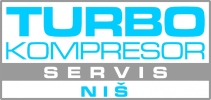Contents:
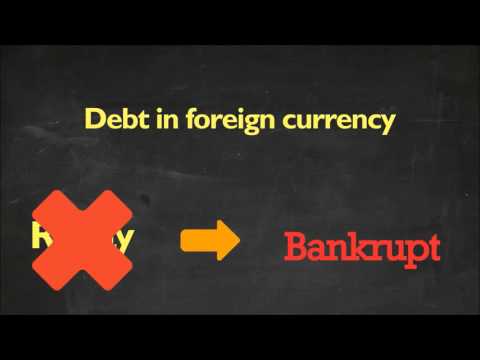

Establishing the equivalent units of direct material and conversion costs for loss. Process costing deals with the flow of units and costs through several stages or operations. As such, when the homogeneous products are produced through continuous process, a process costing system is usually appropriate. The records are maintained in process wise as the number of units produced, the total costs incurred and the cost per unit. Process costing may allow non-production costs to be included in the total process cost. Including non-production costs will arbitrarily increase each item’s cost; this also increases the consumer product price.
Transferred-In Costs Definition – Investopedia
Transferred-In Costs Definition.
Posted: Sat, 25 Mar 2017 21:41:13 GMT [source]
Colleges use FTES average collection period formula to plan and make decisions about course offerings, staffing, and facility needs. Although having information about the number of students enrolled is helpful, headcount data do not provide an indication of whether the students are full time or part time. Clearly, full-time students take more classes each term and generally use more resources than part-time students. Thus administrators often prefer to convert enrollment data to FTES. Figure 4.3 “Concept of Equivalent Units” provides an example of the equivalent unit concept in which four desks, 50 percent complete, are the equivalent of two completed desks.
Cost Accounting | Procedure for allocation of Indirect Cost
Process-wise records are maintained, including those relating to the quantity of production, scrap, wastage, etc. All expenses—direct and indirect—are accumulated and classified according to the process. The processing sequence is specific and predetermined. Homogeneous products with identical and standardized features ensure quality. The end product is the result of a sequence of processes.
A Beginner’s Guide to Activity-Based Costing – The Motley Fool
A Beginner’s Guide to Activity-Based Costing.
Posted: Wed, 18 May 2022 07:00:00 GMT [source]
Most of the times, the actual loss is less than the normal or computed loss at the beginning of the production process. The details of process costing account for a single product with abnormal gain is explained in the respective article. This problem is handled through the concept of equivalent units of production. The process costing procedure is explained in more detail in the next example.
Flow of Costs (Process Costing)
Finally, the Packaging department, the place where shoes are matched by size and put into a retail box. The cost of direct labor in this department during March has only USD 30,000 and they complete the work for 12,000 pairs of shoes. Company ABC is manufacturing which specializes in shoe production, they mainly focus on the local market.
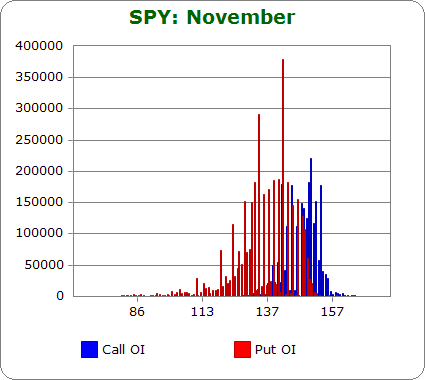
The organization can identify such https://1investing.in/ by physically counting the units or through software inbuilt into the manufacturing process. In addition, the costs of inventory under each process are also identified at this change. This calculation is simple as compared to any other method. A weighted average of units means the summation of the product of the rate and quantity of each item.
What are the Advantages of Process Costing?
It is beneficial for the businesses where mass production is done through a similar process. Of Joint product produced when they are separated in process. Closing WIP means some units have been started and finished in the year and others have been started but not finished. The difference between normal loss and the total actual loss, where the actual loss is less then normal loss. The cost of lost units is part of the cost of obtaining the good output. The costs collected on the debit side of the account to possible output on the credit side.
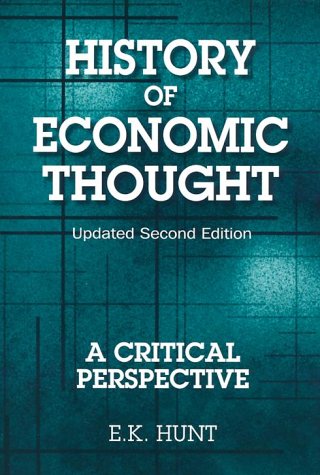
Look at the expense categories and note each overhead cost and the amount spent before. Some of those are fixed costs which can be used to allocate your overhead for this year. From there, you budget your cost for both direct and overhead. This is crucial to generate job estimates that are as close to your actual cost as possible. What’s important is that every overhead cost is allocated with the same process and the costs have to be included in each job estimate.
Real-time Cost Tracking
Just as shown with job costing, Hannah has to create a budget with assumptions about costs. Maybe see clothing half the budget for the cost of materials and make assumptions about wage rates to determine the labor cost. When she sends a bid to a potential client, her direct costs include materials and labor expenses. AAA must also assign overhead costs such as the costs related to running the office, insurance premiums, and building lease.
After Hannah determines her overhead costs and decides on activity level she allocates those costs for each unit. For instance, $10 of each unit cost accounts for the overhead. You can allocate overhead costs based on a level of activity. The logic is that a business incurs costs based on activities like the number of labor hours worked, the total units produced, or the total miles driven. If Jennifer’s company doesn’t produce or sell anything during a particular month, many of our costs would not be incurred.
Thirdly, process costing is crucial for decision-making. Manufacturers can use the information provided by process costing to make informed decisions about expanding their production capacity, introducing new products, or investing in new technology. By clearly understanding their costs, manufacturers can make decisions that will help them remain competitive and profitable. These general rules for S&A expenses, however, have their exceptions. For example, some items that are classified as overhead, such as plant insurance, are period costs but are classified as overhead and are attached to the items produced as product costs. The cost of direct materials placed into production during the month .
This total should equal the total costs incurred by the department. The board of directors at Computer Tech established a compensation incentive plan that includes a substantial bonus for the president of the company if annual net income before taxes exceeds $2,000,000. Preliminary figures show current year net income before taxes totaling $1,970,000, which is short of the target by $30,000. The president approaches you and asks you to increase the percentage of completion for the 40,000 units in ending WIP inventory to 90 percent for direct materials and to 95 percent for direct labor and overhead. Hershey likely uses a process costing system since it produces identical units of product in batches employing a consistent process. Process costing systems require the use of work-in-process inventory accounts for each process.
What Are the Types of Costs in Cost Accounting? – Investopedia
What Are the Types of Costs in Cost Accounting?.
Posted: Sat, 25 Mar 2017 13:35:40 GMT [source]
The processing of raw material may lead to joint products and by-products. Monitoring and reviewing the process costing system is essential to ensuring it is effective and relevant. Regular reviews can help identify any issues or areas for improvement and make necessary adjustments. Consistency in the cost accounting process is vital for ethical considerations.
- Share your story by providing a review of Deltek products.
- Once the costs have been identified, they need to be allocated to the appropriate cost centers.
- BThis column represents actual physical units accounted for before converting to equivalent units.
- Let’s assume we figure the ending WIP inventory to be 35% complete as to the process.
- This is the projected ending WIP inventory at March 31.
- It is also impossible to trace the exact amount of hickory in a drumstick.
Work in process begins with the first stage of production , continues with the second stage , and ends with the third stage . When products have gone through all three stages of production, they are shipped to a warehouse, and the costs are entered into finished goods inventory. Once products are delivered to retail stores, product costs are transferred from finished goods inventory to cost of goods sold. Process costing can be a useful tool for companies to track their costs and make sure that they are making products efficiently.
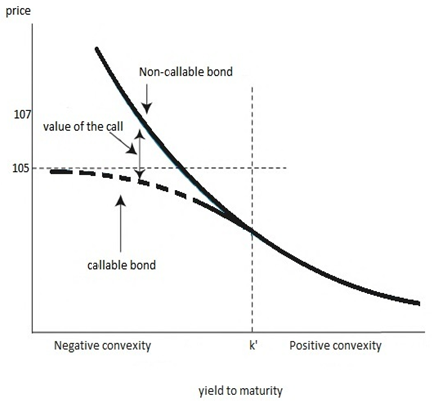
First, we need to know our total costs for the period by adding beginning work in process costs to the costs incurred or added this period. Then, we compare the total to the cost assignment in step 4 for units completed and transferred and ending work in process to get total units accounted for. Figure 4.1 shows how product costs flow through accounts for job costing and process costing systems.
